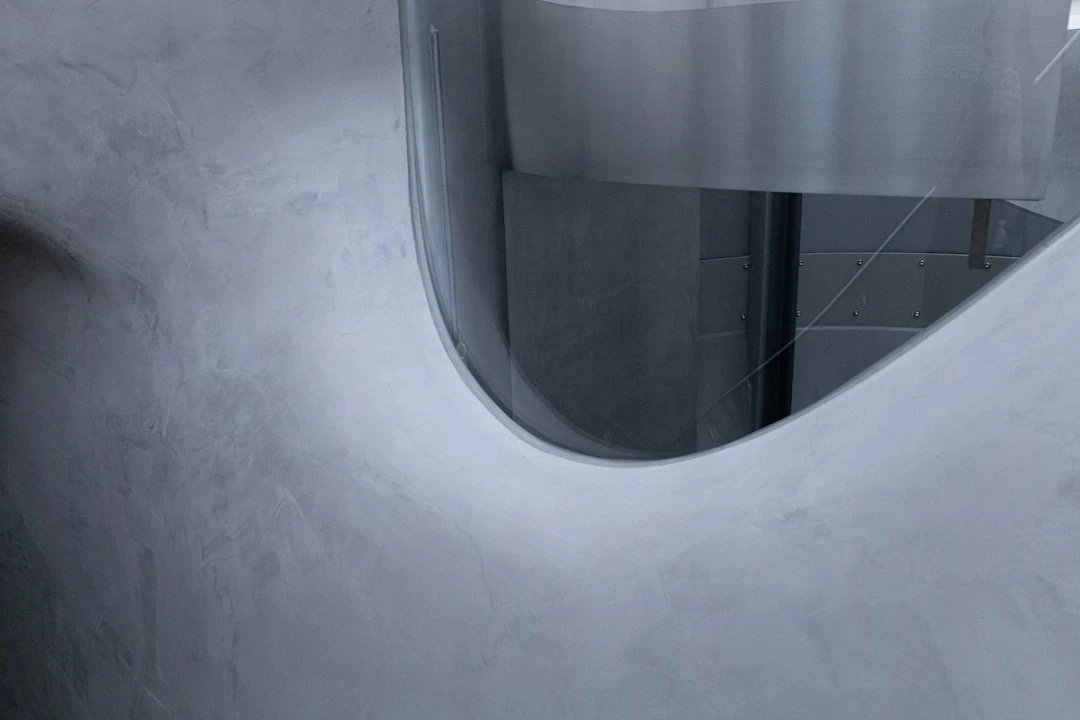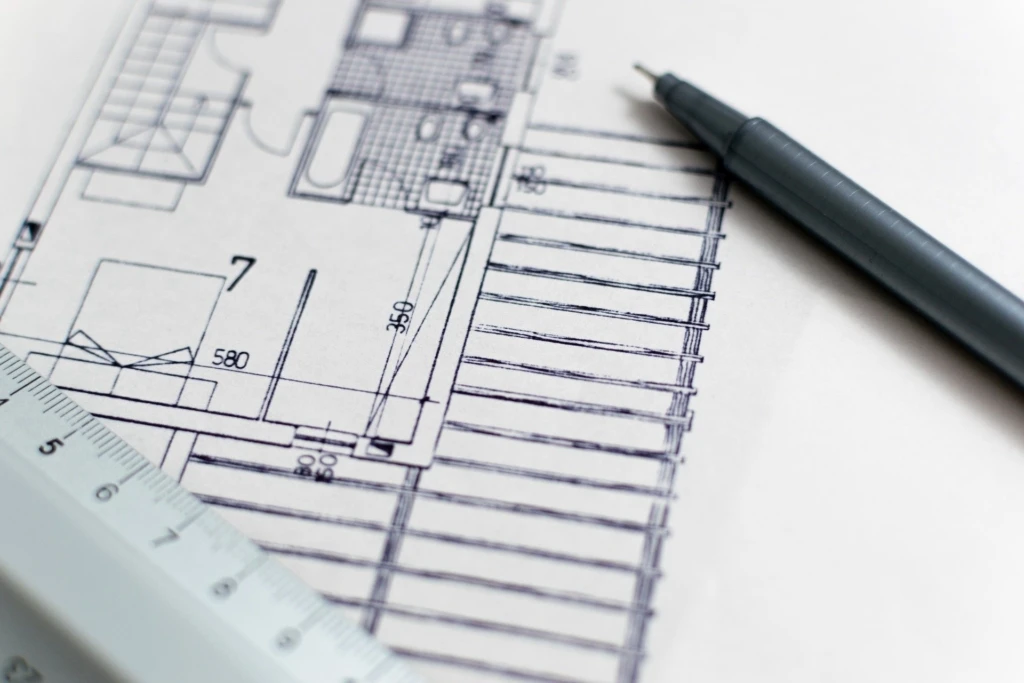Tips on How to Effectively Prevent and Remove Bathroom Mold

Mold in the bathroom is a problem that many Estonian homes face. It's not just an aesthetic concern – mold fungi can cause health problems and damage your home's structure. Fortunately, there are several simple yet effective ways to get rid of mold and prevent it from recurring. In this guide, we share practical and environmentally friendly tips to help you combat mold.
Why does mold appear in the bathroom?
There are several main reasons for mold development in Estonian homes:
High air humidity (over 60%) combined with poor ventilation creates ideal conditions for mold growth
Leaks and moisture seeping through walls or windows
Presence of organic matter such as cleaning product or soap residue
Warm conditions that promote mold fungal growth
Building construction specifics – both older and new buildings can be susceptible to mold due to humid climate and building characteristics
A damp bathroom is like a small ecosystem where microorganisms can freely develop. Mold fungi need only a little moisture, warmth, and organic matter to grow – everything an average bathroom abundantly provides.
Safe mold removal
Before you start cleaning, make sure you have the necessary protective equipment:
Prepare your equipment:
Rubber gloves
Face mask (preferably N95 filter against mold spores)
Safety goggles
Choose an appropriate cleaning agent:
Vinegar solution: mix 1 part white vinegar with 4 parts water. Vinegar is a natural disinfectant that kills many types of mold.
Soda solution: mix 2 tablespoons of baking soda in 1 liter of water. Soda absorbs moisture and removes mold stains without aggressive chemicals.
Gentle cleaning products: use specialized mold removers or products containing tea tree oil
Cleaning:
Apply the solution to the moldy surface by spraying or wiping with a cloth
Let the solution work for 15-20 minutes so it penetrates the mold layers
Scrub the surface with a soft brush or sponge, avoiding vigorous scrubbing that might release mold spores into the air
Rinse the surface with clean water
Dry thoroughly to prevent new moisture accumulation
Note! In cases of severe mold or if mold has penetrated deep into materials, professional help may be necessary. In such cases, it's recommended to consult a construction expert or mold removal specialist.
Natural anti-mold remedies
If you prefer environmentally friendly solutions, try these natural remedies that have proven their effectiveness:
Tea tree oil solution:
Add 1 teaspoon of tea tree oil to 1 cup of water
Spray onto the moldy surface
Tea tree oil has natural antifungal properties that destroy mold fungi at their source
Grapefruit-based cleaner:
Mix 20 drops of grapefruit seed extract with 2 cups of water
Spray the solution onto the moldy surface
Rinse and dry
Grapefruit seed extract contains natural antibiotic compounds
Hydrogen peroxide:
Use 3% hydrogen peroxide solution
Spray directly onto the moldy surface
Let it work for 10 minutes
Rinse and dry
Hydrogen peroxide kills mold fungi through oxidation, leaving no harmful chemicals behind
Using these natural remedies is an effective way to combat mold without harmful chemicals that could endanger health or the environment.
Long-term strategies to prevent mold
Preventing mold is easier than getting rid of it. Here are some effective long-term solutions to keep your bathroom clean:
1. Ventilation
Install proper ventilation fan or air purifier in the bathroom to remove moisture before it condenses
After showering or bathing, turn on the ventilation fan for 20-30 minutes
When possible, leave the bathroom door open to allow air circulation and moisture to dissipate
Ventilate the bathroom regularly by opening a window (if available)
Consider installing mechanical ventilation, especially if natural ventilation is inadequate
2. Humidity control
Use a humidity meter (hygrometer) to monitor air humidity levels in your bathroom
Keep bathroom air humidity between 40-60%, which is optimal for both your health and mold prevention
Consider using a dehumidifier, especially in larger bathrooms or rooms with poor ventilation
After showering, dry walls and floors with a towel – this simple habit can drastically reduce the chances of mold formation
Use a shower curtain that can be regularly washed or a mold-resistant shower curtain
3. Regular maintenance
Clean the bathroom at least once a week, paying special attention to corners and cracks
Regularly check for leaks and water flow – even a small leak can cause major mold problems
Inspect grout sealing and sealants – replace them if necessary to prevent water seeping into walls
Use mold-resistant paints and materials during renovation
Wash shower curtains, towels, and bath mats regularly to remove fungi
According to Kalle Pilt, a specialist at the Estonian Mycological Research Center: "If the causes of mold formation are not eliminated, mold will reappear in the same location". Therefore, prevention is key in fighting mold.
When to contact a specialist?
In some cases, home remedies are not sufficient to solve mold problems:
If mold covers a large area (over 1 m²)
If mold has developed due to structural problems (such as leaks in the structure)
If mold has penetrated deep into building materials, such as drywall or insulation
If health problems occur that may be related to mold, such as persistent cough, skin irritation, or eye redness
If after repeated self-cleaning attempts, mold returns to the same location
In such situations, it's worth consulting a construction expert or professional mold removal service. If health problems develop, be sure to see a doctor, as mold-related health problems can be serious and require medical intervention.
Health risks and safety
Mold fungi can cause various health problems, especially for people with allergies, asthma, and compromised immune systems. The Health Board has warned that "Mold spreads indoors through the air, open doors, and ventilation systems", which means that mold spores from even a small area can spread throughout the entire living space.
The most common mold-related health problems are:
Respiratory tract irritation and asthma exacerbation
Eye and skin redness and irritation
Headaches and sinusitis
General fatigue and weakened immune system
If you're considering buying an apartment, pay special attention to the bathroom's condition and any signs of mold. With new developments, it's worth investigating ventilation solutions and the use of moisture-resistant materials, as even new buildings are not protected from mold if design or construction errors have created favorable conditions for moisture accumulation.
Summary
Fighting mold in the bathroom requires consistency and proper methods. By combining regular cleaning, proper ventilation, and humidity control, you can get rid of mold and prevent it from recurring. Similar to how smoke detector installation protects your home from fires, mold prevention protects your home from moisture damage.
In Estonia, where humid climate creates favorable conditions for mold formation, it's especially important to properly maintain your bathroom. By following the advice provided in this article, you can enjoy a clean and healthy living environment, whether it's an apartment, house, or rental space.
Start implementing these tips today and enjoy a clean, healthy bathroom that is free of mold!




